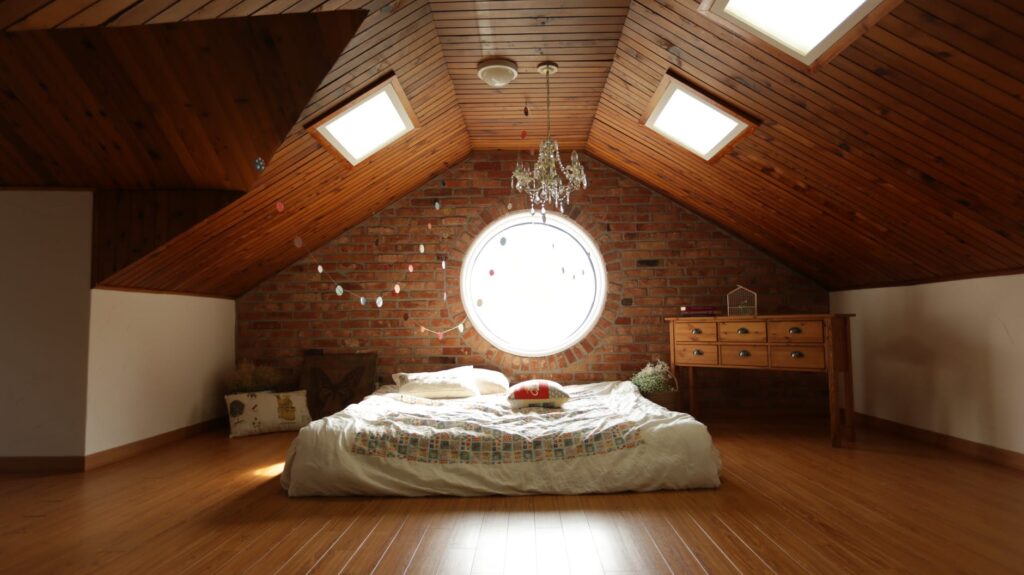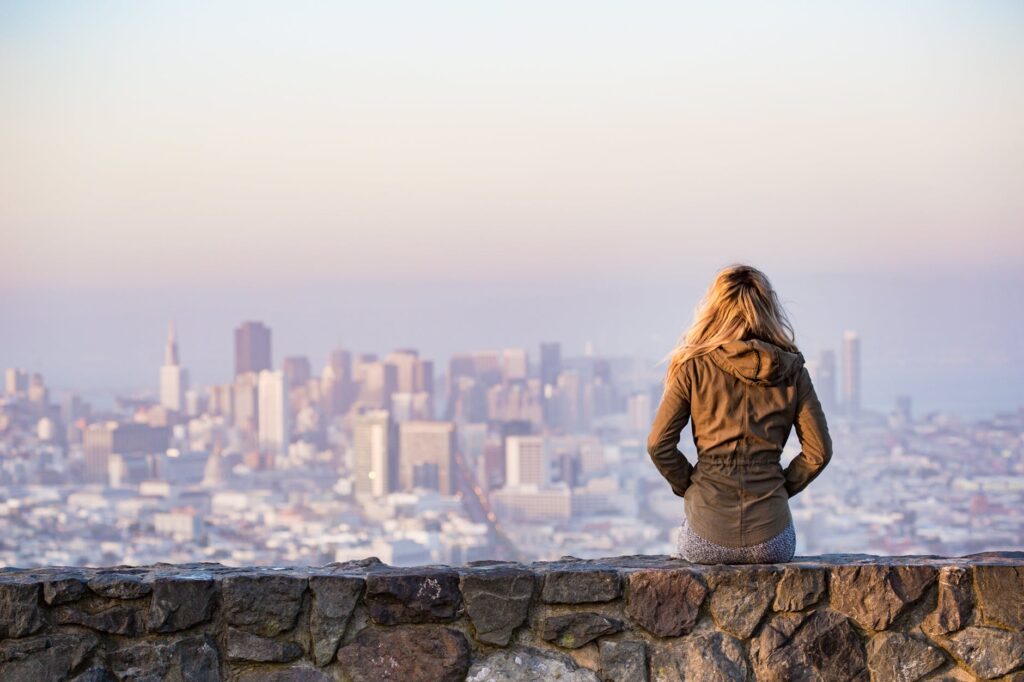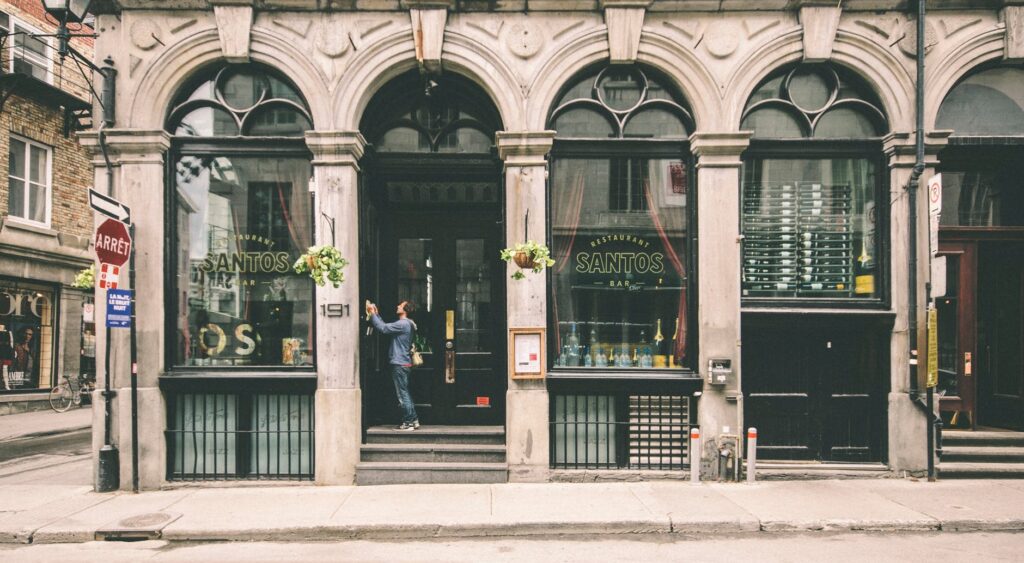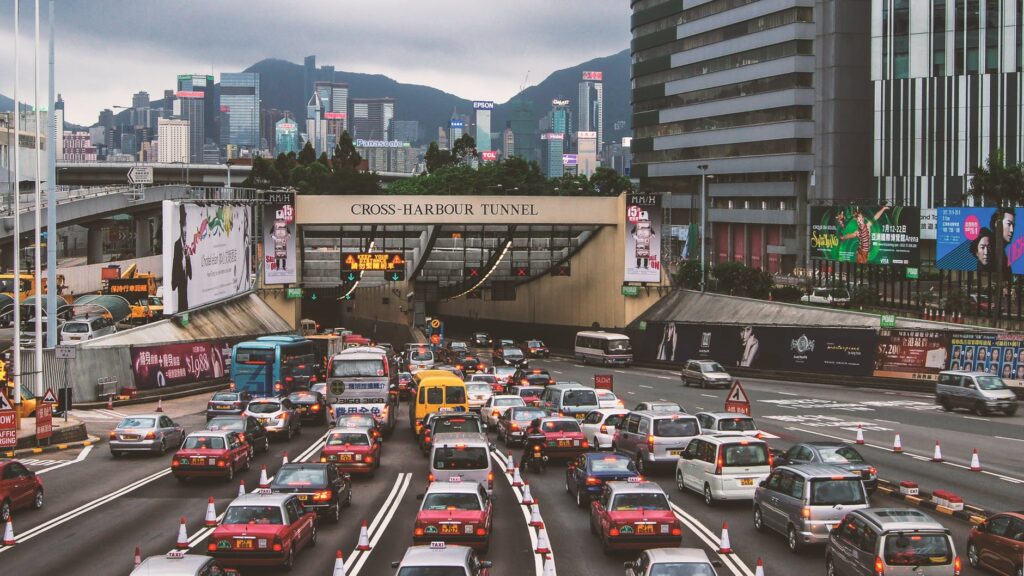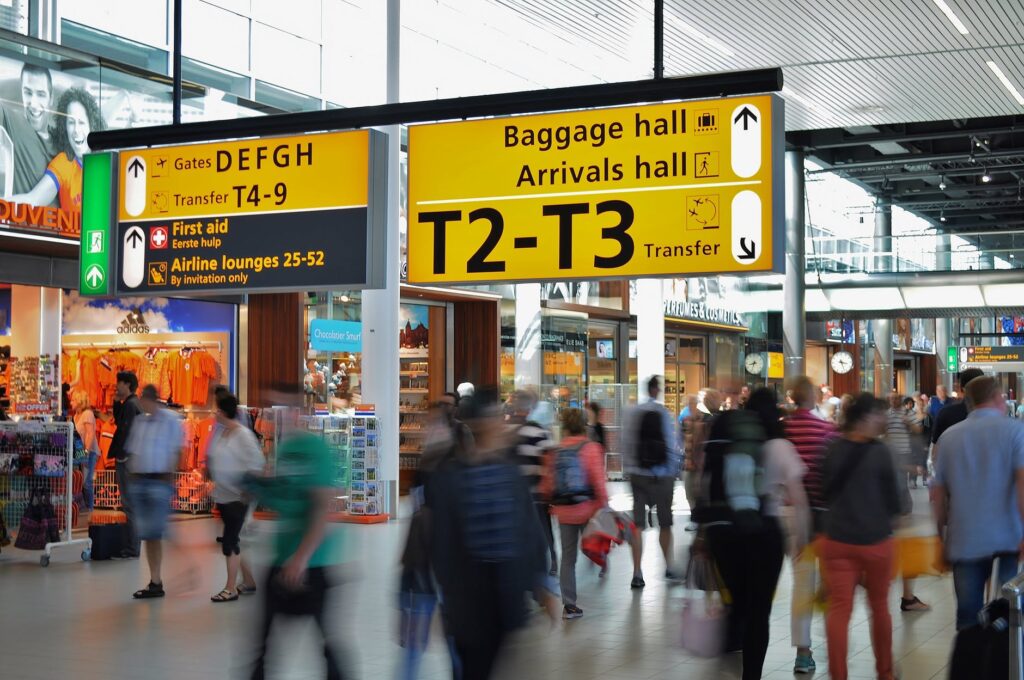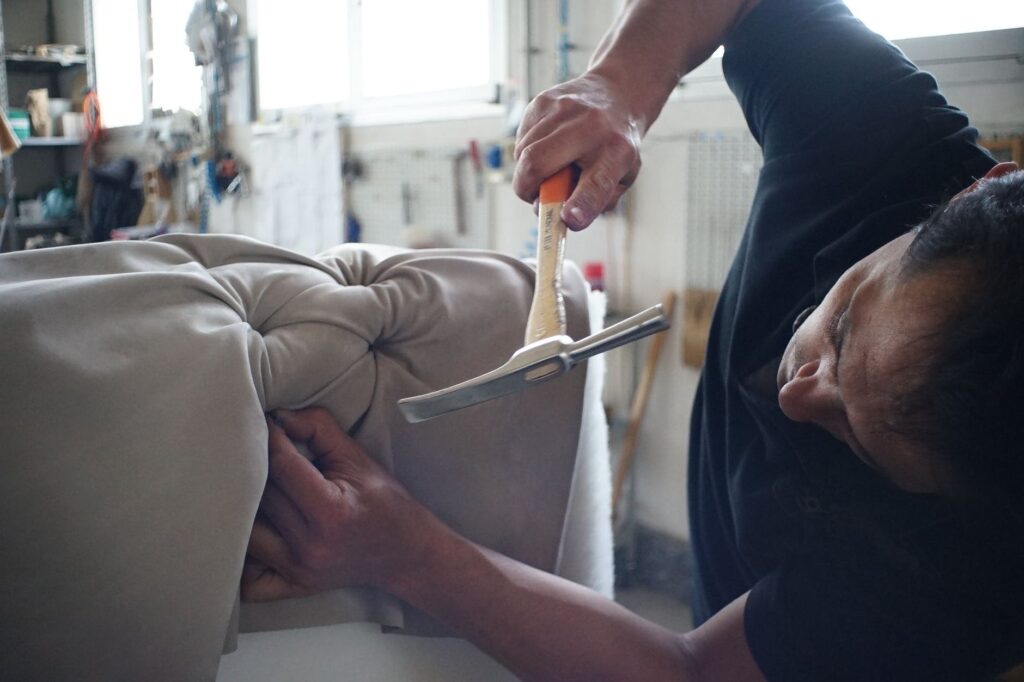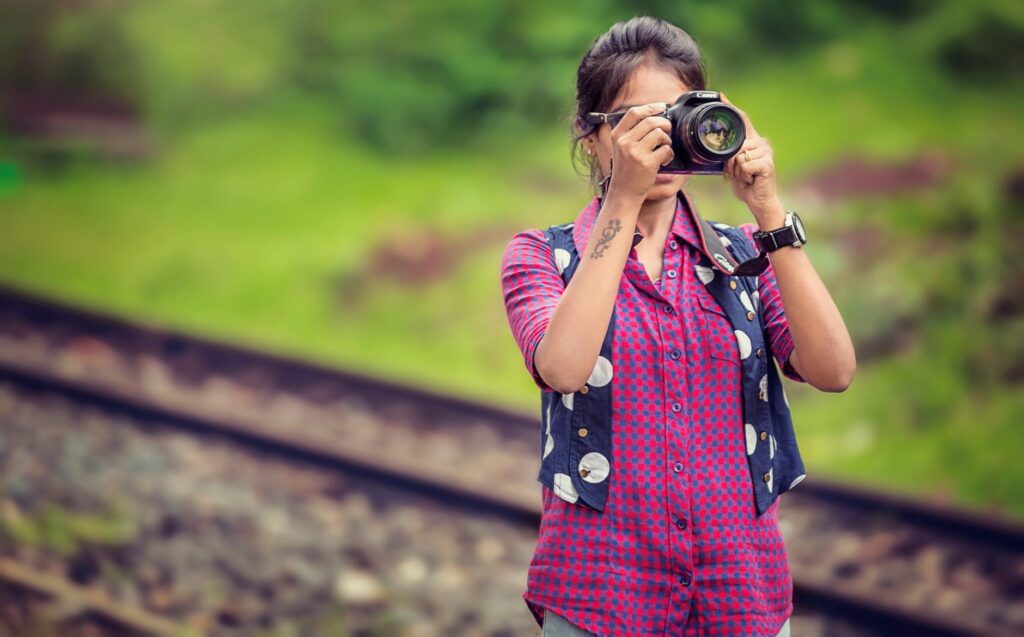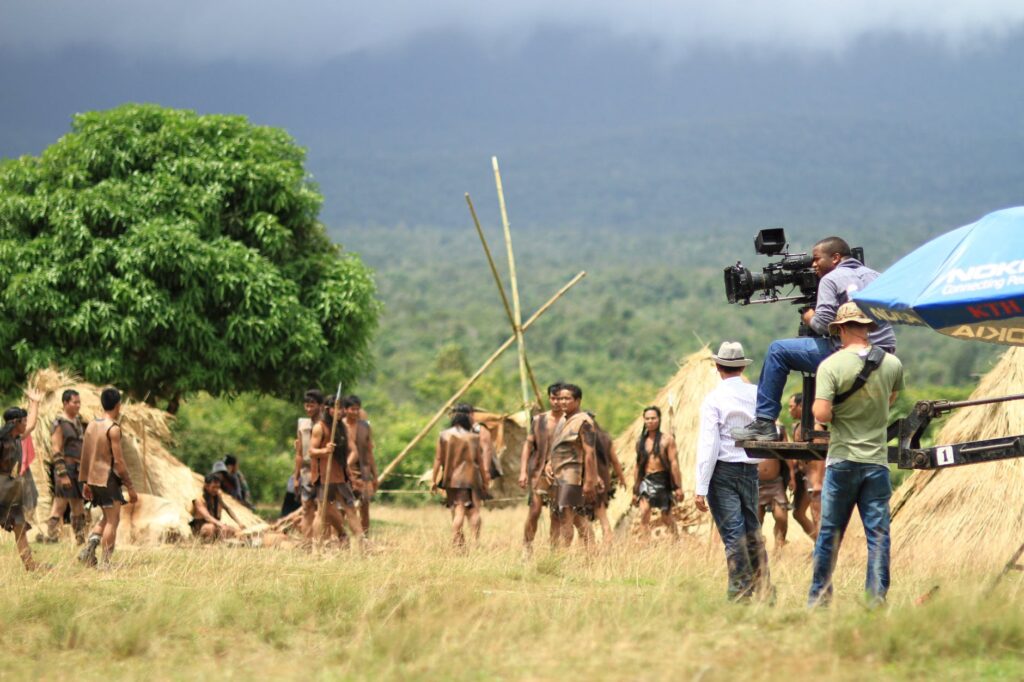If you’re a filmmaker on a tight budget, you may not be able to afford the best locations, and hiring a scout can be a very expensive proposition. At the same time, you don’t want to compromise your story by choosing a location that lacks authenticity, is inconveniently located, doesn’t give you enough time to shoot, or presents technical problems like traffic noise or excessive crowds.
So what’s the way out of these dilemmas? The answer: do your research, be resourceful and put in the legwork. Here are a few helpful tips for picking a film location:
1. Interior Locations
Shooting in a tiny location can be a nightmare. There’s no place to stage your equipment in any organized fashion, costing you time when hunting for something as simple as the slate or a roll of gaff tape. In addition, it’s almost impossible for the crew to work efficiently without getting in each other’s way — sometimes all non-essential crew need to leave the set to avoid being in the shot!
Tiny locations often result in actors not having a quiet space in which to change clothes or concentrate on their lines. Lastly, the added chaos can often result in needless mistakes and miscommunication.
So make sure you have adequate space for your scene and have each department designate a part of the location as their space. Your AC should have a clean and quiet place to store lenses and upload footage. The lighting department needs space to organize their lights, cables and accessories. The same goes for almost every department. Organization will always pay off dividends when you’re under time pressure.
2. Exterior Locations
Shooting outdoors presents its own set of difficulties.
One common mistake has to do with noise. Filmmakers unfortunately have a habit of turning off their ears when scouting a location. Later on they return to shoot and find out they’re in the flight path of an airport or there’s the roar of a highway just a few blocks away. You may not hear the noise when you’re scouting, but the microphones do. This can vary depending on the time of day, so scouting your location during the same time of day that you plan to shoot is critical.
This obviously goes for the direction and quality of the sunlight as well. Your location might have looked great at 1 p.m. when you scouted it, but at 9 a.m., you’ll discover the sun is backlighting all your shots and making it impossible to get an exposure. Finally, it is critical during scouting to find convenient facilities nearby, so cast and crew don’t have to travel several blocks looking for restrooms or changing rooms. And if you’re really on top of your game, listing the nearest hospital is a simple way to safeguard your shoot in case of emergencies.
3. Interior/Exterior Locations
When shooting on private property, permits are not required — just permission from the location owner or legally designated manager. But you may still need to notify local law enforcement. On more than one occasion have robberies and other crimes been acted out from the script without any warning given to local authorities. Sometimes pedestrians see the robbery but not the camera or crew and call 911, and police will burst onto a set ready to stop a crime that’s not really happening. In this case, notifying the proper parties isn’t just good filmmaking — it’s an issue of safety.
4. Permits
If you’re using small, lightweight equipment, chances are you don’t need a shooting permit when filming on public streets. However, if you are blocking traffic, limiting access to a business, staging an action scene or a scene of violence, you may need to only acquire a shooting permit from the local government.
Many inexperienced filmmakers are intimidated by the process of acquiring permits simply because they’ve never done it before. But once you’ve obtained a permit, you will find that it’s not so bad at all, and will make you feel much more secure on set. In many cases, parking permits come with it, allowing you to park your vehicle in convenient places outlawed to the general public. Finally, as mentioned above, notifying local law enforcement officials will prevent scary misunderstandings.
5. Company Moves
If you’ve worked on a few shoots, you’ve no doubt discovered that the most time consuming part is moving from one location to another. Nothing is more frustrating than being stuck in traffic when you’re already behind schedule. This is why one of the most important aspects of the assistant director’s job is to schedule locations in close proximity to each other. Once a film’s most important location is found, it’s not uncommon to schedule everything else for that day somewhere in the vicinity.
6. Authenticity
Few things can ruin the illusion of your film more quickly than a location that’s not authentic-looking. If your scene calls for a hospital set and you’re hoping that your apartment is going to be a credible substitute, forget it. No one’s going to buy it.
If you need to be, be flexible in your script. Perhaps the patient is being treated at home. Perhaps the scene can be rewritten and staged outside the hospital. Or maybe the scene can be shot in a space that passes for a visitors’ lounge. Although you may not wish to compromise your vision, it’s not going to help your story if a fake-looking location takes the audience out of the moment.
7. Resourcefulness
While the above statement is true, it doesn’t mean finding a real hospital is impossible — if you put the time into researching locations and do the legwork of checking each one. I’ve been astounded at the hard-to-get locations film students have acquired simply because they made the effort to check out all possible alternatives. This includes not only hospitals but airport terminals, train stations, courtrooms, farms, castles, you name it.
If you need a specific location — a bar, for instance — and you wait until the last minute, don’t be surprised if the owner takes advantage of your desperation and charges you through the nose. On the other hand, if you take the time to check 10 or 20 bars in advance, the odds are good that you’ll find at least one cordial owner willing to let you shoot there for free.
8. Courtesy
Even though you may have gotten the location owner’s permission, there’s little to stop them from changing their minds at the last minute — if you give them a reason to. Most location owners are nervous about inexperienced filmmakers damaging their property. So it’s always a good idea on the day of the shoot, before you start dragging your equipment through the door or moving expensive and delicate furnishings around, for the director to enter the location and assuage any of owner’s fears, reassuring them that the crew has been directed to treat the location with the utmost respect.
If something needs to be moved, ask the owner to move it or to supervise you moving it, so they see that you are going to treat their location as if it were your own. If you have heavy gear, like dollies and C-stands, it’s not a bad idea to lay down paper to protect the floor. And beware of putting tape on the walls and wooden floors. You don’t want to have to pay to have an entire parquet floor refinished because you peeled off a small strip of varnish. Location owners may oblige you if you’re courteous, but they’ll never cooperate if you’re rude.
9. Thinking Creatively
You may have two houses in your script but that doesn’t mean you need two locations. The same house may be used for both locations, provided you don’t have to use the same room twice (although even this can be done with a bit of creative set dressing and a can of paint). The same goes for two restaurants, two apartments, two offices or any other duplicate location. In fact, with a little creativity, even the dining room can be dressed to look like a restaurant. This works especially well if the scene allows for lots of close-ups.
With a bit of creative lighting and blocking, you’d be amazed what you can pull off.
10. Location Photos
When scouting locations, it’s a must to bring along a camera. Take shots from all different perspectives and try to remember to shoot a panorama if possible. This is very helpful, especially if you’re showing the location to someone who hasn’t been there before. A panorama can tie together all your individual shots, in a way that makes the geography more comprehensible. It’s also not bad idea to take video these days, considering many of us carry around 4K cameras in our smartphones now.
11. Unexpected Contingencies
No matter how well you plan, there’s always the chance that something unforeseen is going to happen on the day of your shoot. Maybe a water main breaks and now a construction crew is making a racket outside your set. Or someone is mowing their lawn a block away and it’s ruining all your dialogue tracks. Road construction could be blocking the vehicle carrying your actors to the set. There’s a transit strike. A delivery truck parks across the street during your scene and now your shots won’t match with what you shot earlier. The list is endless.
Of course you can’t anticipate everything, but there are some things you can investigate the night before or even the morning of your shoot. Check the weather forecast. Check travel alerts and road conditions in your area. If your city has a main energy provider, like Con Edison, they probably have a website where street work is listed, so check those, too. And in the case of a noisy lawnmower or a unsightly truck, remember #8: always be courteous. Sometimes asking nicely is all it takes to save the day.
In Summary
Picking the right film location can be complicated work, which is why you must plan and budget it correctly, and as early as possible in the pre-production process. As soon as the script is approved, begin the research and the process of filing for permits. At the same time, be ready to compromise and improvise, and try to find a balance between the two. Make the best use of your resources. If you follow these suggested tips, you’re sure to come up with something that suits your artistic vision as well as fits your budget.
<

